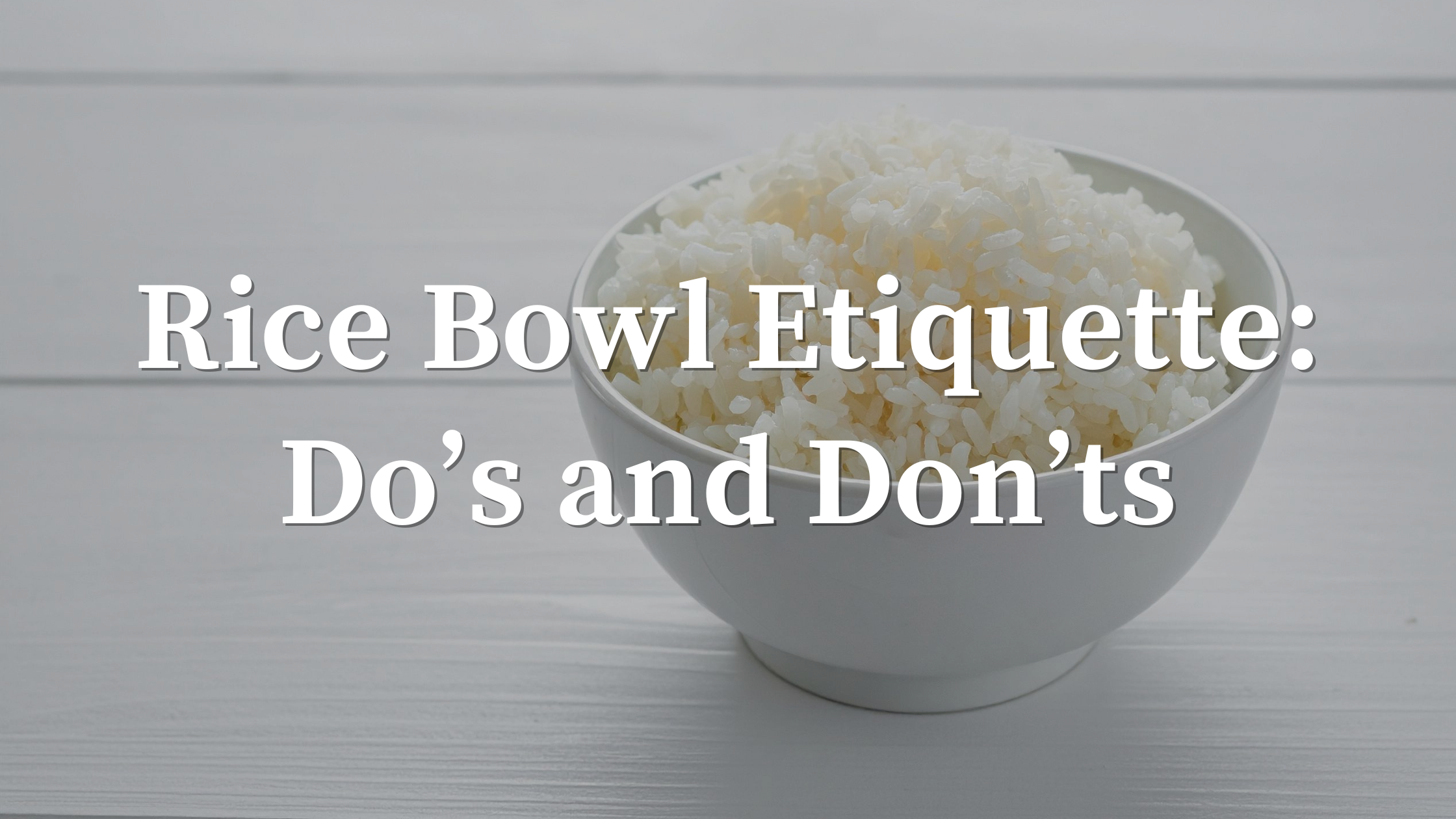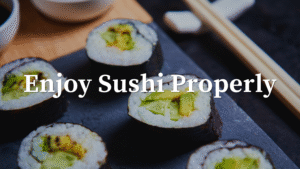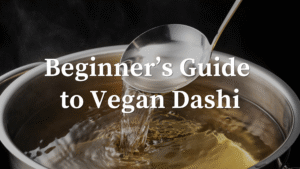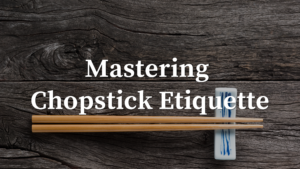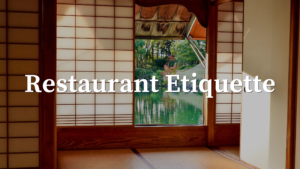In Japan, rice is more than just food—it represents life and gratitude. For many vegans, showing respect for food is an essential daily practice. The way you handle a rice bowl may seem small, but it reflects deep respect for both the meal and Japanese culture.
Do’s
Hold the bowl close to your mouth
It’s proper to lift the rice bowl with one hand and bring it close to your mouth. This reflects the Japanese value of cherishing every single grain of rice.
Say “Itadakimasu” before eating
This phrase expresses gratitude before beginning a meal. It comes from the idea of receiving life—whether from plants or other sources—and offering thanks to everything that made the meal possible.
Finish your rice
Leaving rice is considered wasteful and disrespectful. Enjoying every bite is a way of showing gratitude both to the farmers who grew it and to the life of the plant itself. (I still remember how my grandmother used to scold me whenever I left rice in my bowl!)
Use chopsticks gently
Take small bites and avoid dropping grains. Handling food with care makes the meal both graceful and peaceful.
Don’ts
Don’t pour soy sauce directly on plain rice
Soy sauce is meant for side dishes. Pouring it directly on rice is often seen as poor manners—though, of course, dishes like “soy sauce butter rice” are becoming more common today.
Don’t stick chopsticks upright in rice
This is called tate-bashi and resembles a funeral offering. It’s considered extremely bad luck. Place chopsticks on the table or use a chopstick rest instead.
Don’t mix rice with unrelated dishes
Traditionally, rice is eaten separately from side dishes and soup to appreciate each flavor. Mixing them all together is frowned upon.
Exception: donburi (rice bowls) are designed to be enjoyed with toppings and rice together—so mixing here is perfectly fine!
Don’t leave grains behind
A bowl covered in leftover grains can look careless. It also suggests you are treating rice lightly. Instead, finish every last grain as an act of mindfulness and gratitude.
Cultural Insight: A Vegan Connection
Rice has long been treated as a divine gift in Shinto and Buddhist traditions. The idea of “cherishing every grain” is still alive in Japanese culture today. This spirit of gratitude and respect resonates strongly with vegan values: making the most of what plants provide and honoring their life. In this way, Japanese dining customs and vegan philosophy share common ground.
Conclusion
Rice bowl etiquette may seem simple, but it offers a window into Japanese culture and its emphasis on gratitude. Following these do’s and don’ts is not just about rules—it’s about practicing mindfulness and respect for life itself.
When you hold your rice bowl in Japan, may it remind you of both cultural tradition and the vegan spirit of honoring every meal.

